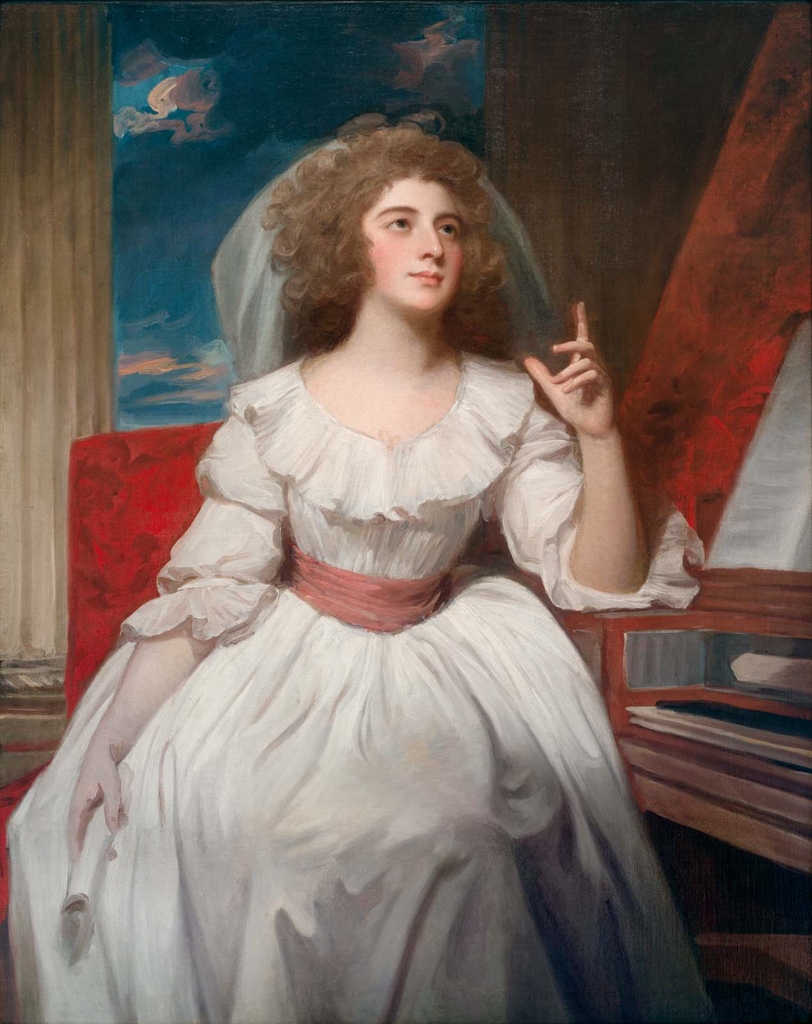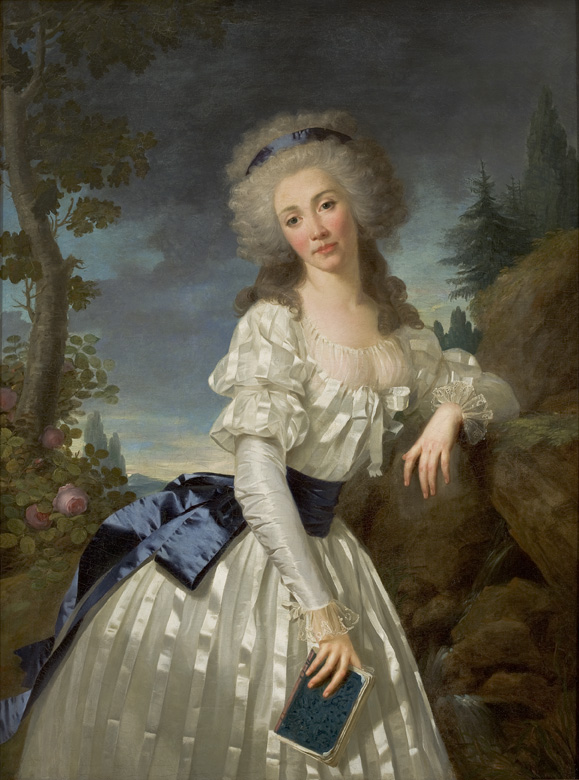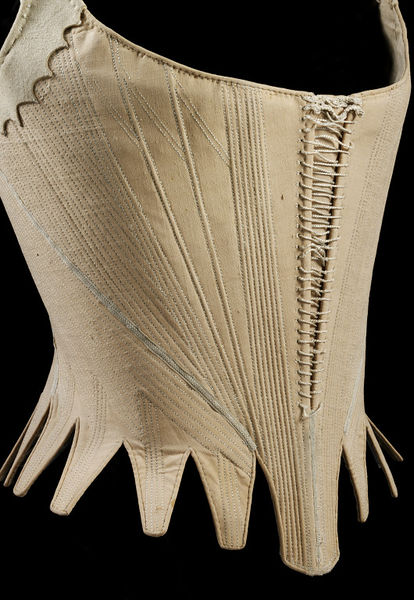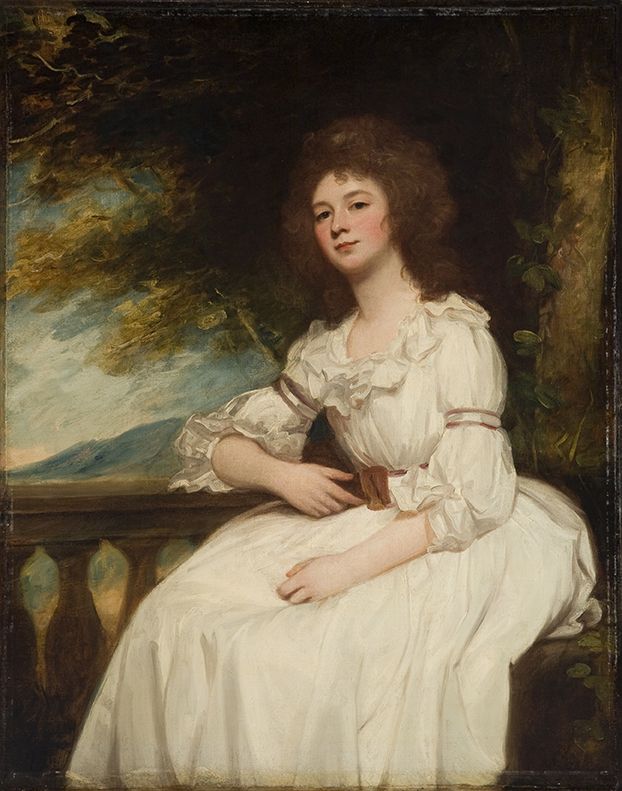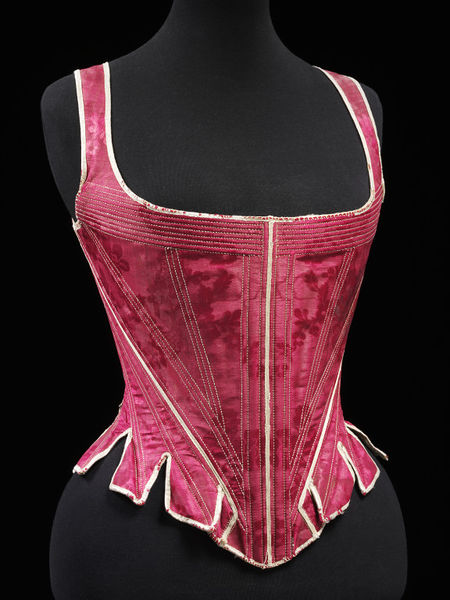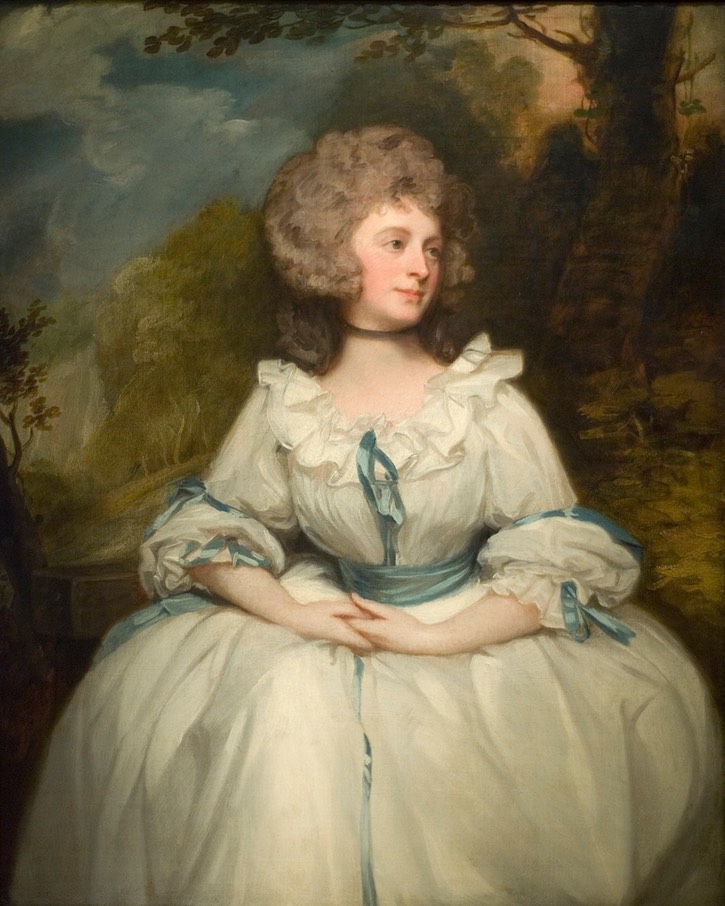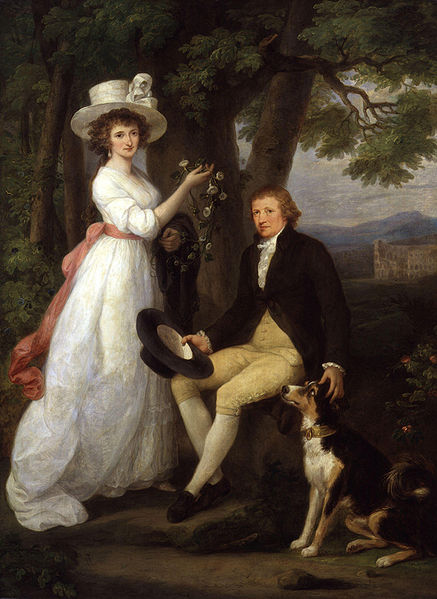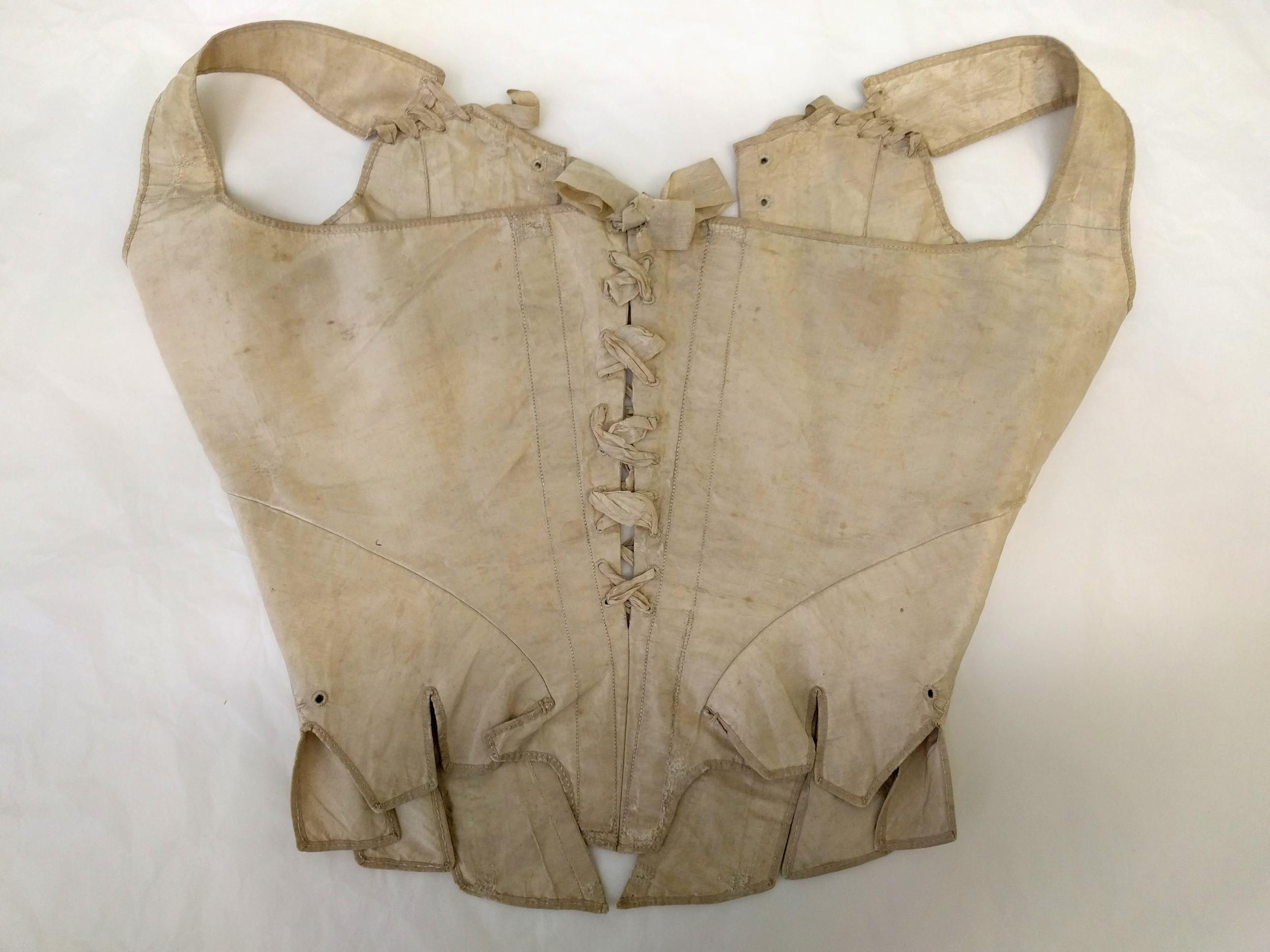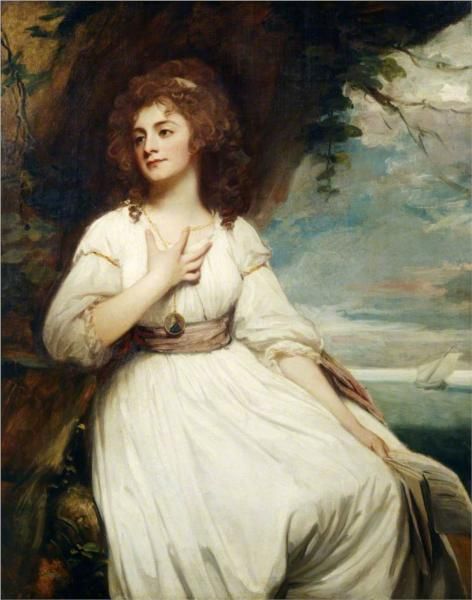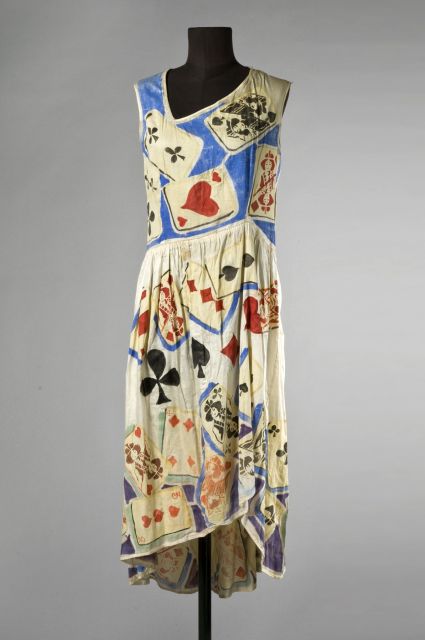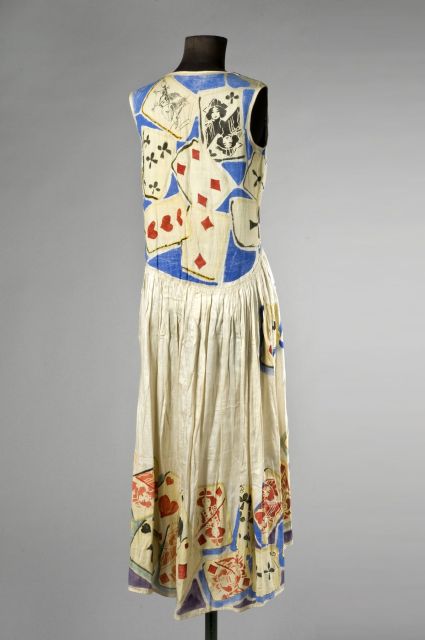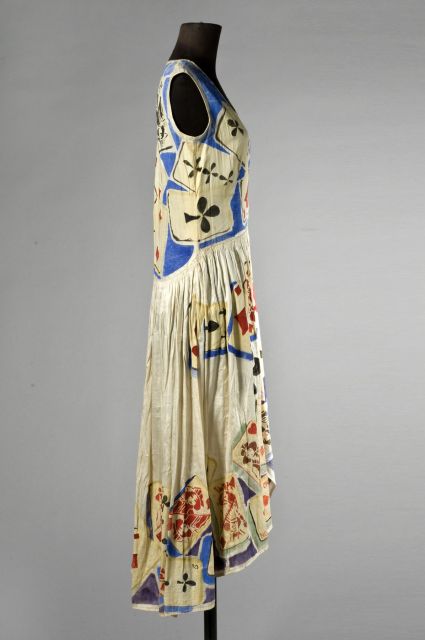This week’s Rate the Dress is an extremely practical wedding ensemble, for an the bride of an extremely wealthy fabric-weavers son. How will it compare to last week’s anything-but-practical 1920s dress?
Last week: a ca. 1925 playing card themed evening dress, possibly by Poiret
Mixed reactions to that one. A few of you loved it. A few of you loved it because it was awesomely tacky. Some of you just saw the awkwardness (not helped by presentation, but hey, an auction house isn’t a museum photographing items for display or a book), and some of you just saw the tackiness.
The Total: 7.8 out of 10
Not quite a full house…
This week: A Wedding Ensemble from 1887
This wedding ensemble was worn by Louise Whitfield for her marriage to business magnate & philanthropist Andrew Carnegie. Carnegie was one of the richest men in the US, and at 51 to her 30, was 21 years Whitfield’s senior. He’d refused to marry while his mother was still alive, and the wedding was held six months after Margaret Carnegie’s death. It was, by all accounts, a simple quite affair, probably from personal preferences and due to morning.
The Carnegies left for their honeymoon immediately following their wedding, with Louise still in her wool wedding outfit. She was able to wear it numerous other times on the voyage across the Atlantic, and during their honeymoon in England and Scotland, as the ensemble comes with three bodice options.
The first option, a longer tailed jacket, made the outfit appropriate as a travelling suit. A second shorter day bodice came with two separate button-on plastron fronts: a subdued one with the same fabric and trim as the rest of the ensemble, and a dressier scarlet and gold number, for a little pizzaz.
The ensemble is full of interesting construction details, from the sewn in skirt pleats:
To the applied tape decoration:
And the tiny curved pockets on the hips of the longer jacket bodice.
In contrast to the straight lines and controlled draping of the front of the dress, the back skirt falls into a swoosh of loose asymmetrical bustling.
Andrew Carnegie was known for his personal restraint, despite his immense wealth. He famously lived on $50,000 a year (my very rough calculation is that this was about US$150,000-$170,000 a year in 2018 money, and fraction of his actual income), and gave the rest to charity. Louise Carnegie fit the Victorian ideal of a domestic woman, with no aspirations to be a social star. She had her only child at 40, and devoted her life to religion and charity.
What do you think? It’s not the traditional wedding dress, but is this an appropriate and attractive alternative for an older (by the standards of the time) bride, with a fairly retiring temperament. And what do you think about the three looks? Do you prefer one over the other?
Rate the Dress on a Scale of 1 to 10
(as usual, nothing more complicated than a .5. I also hugely appreciate it if you only do one rating, and set it on a line at the very end of your comment, so I can find it! Thanks in advance!)










